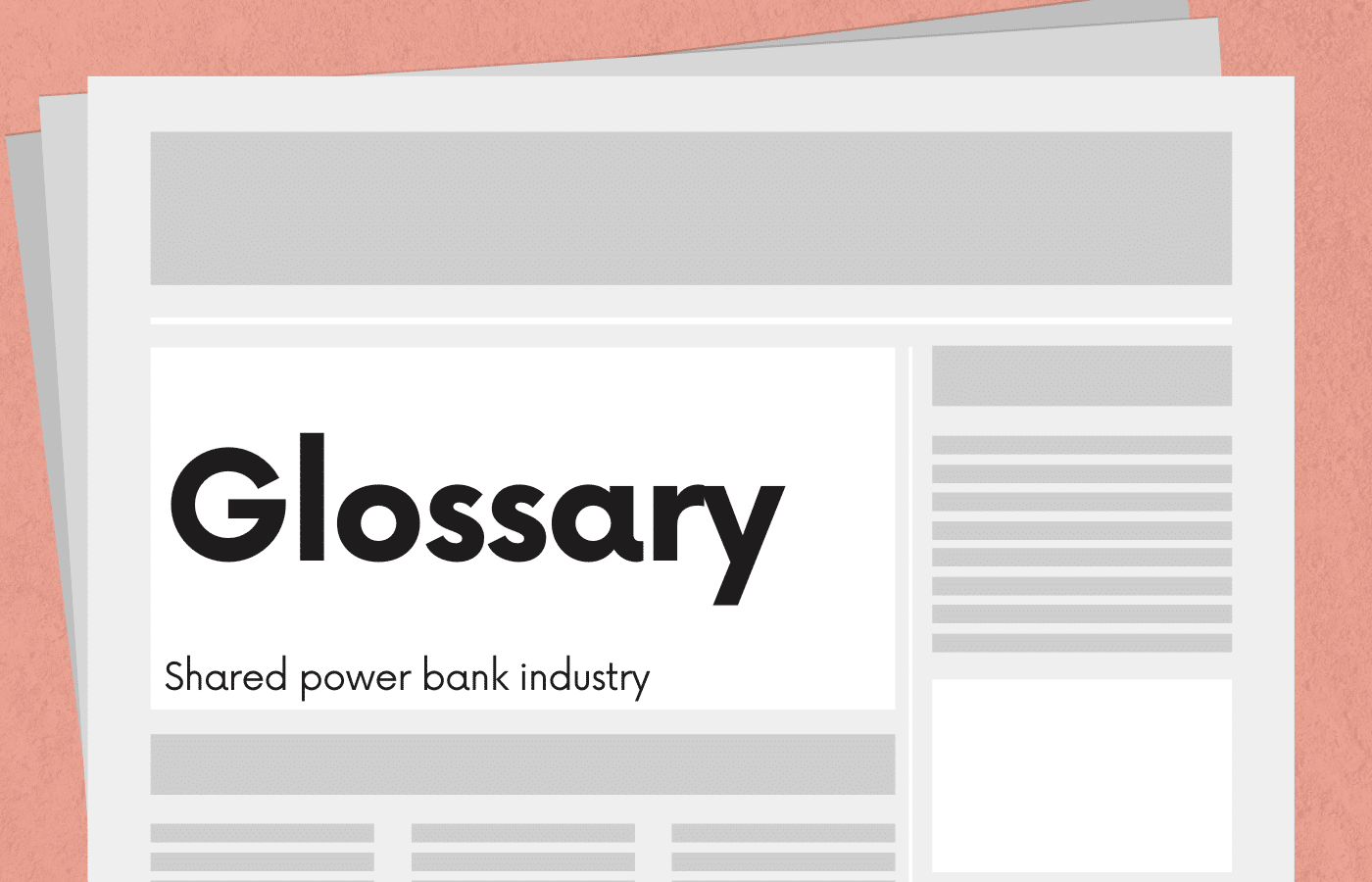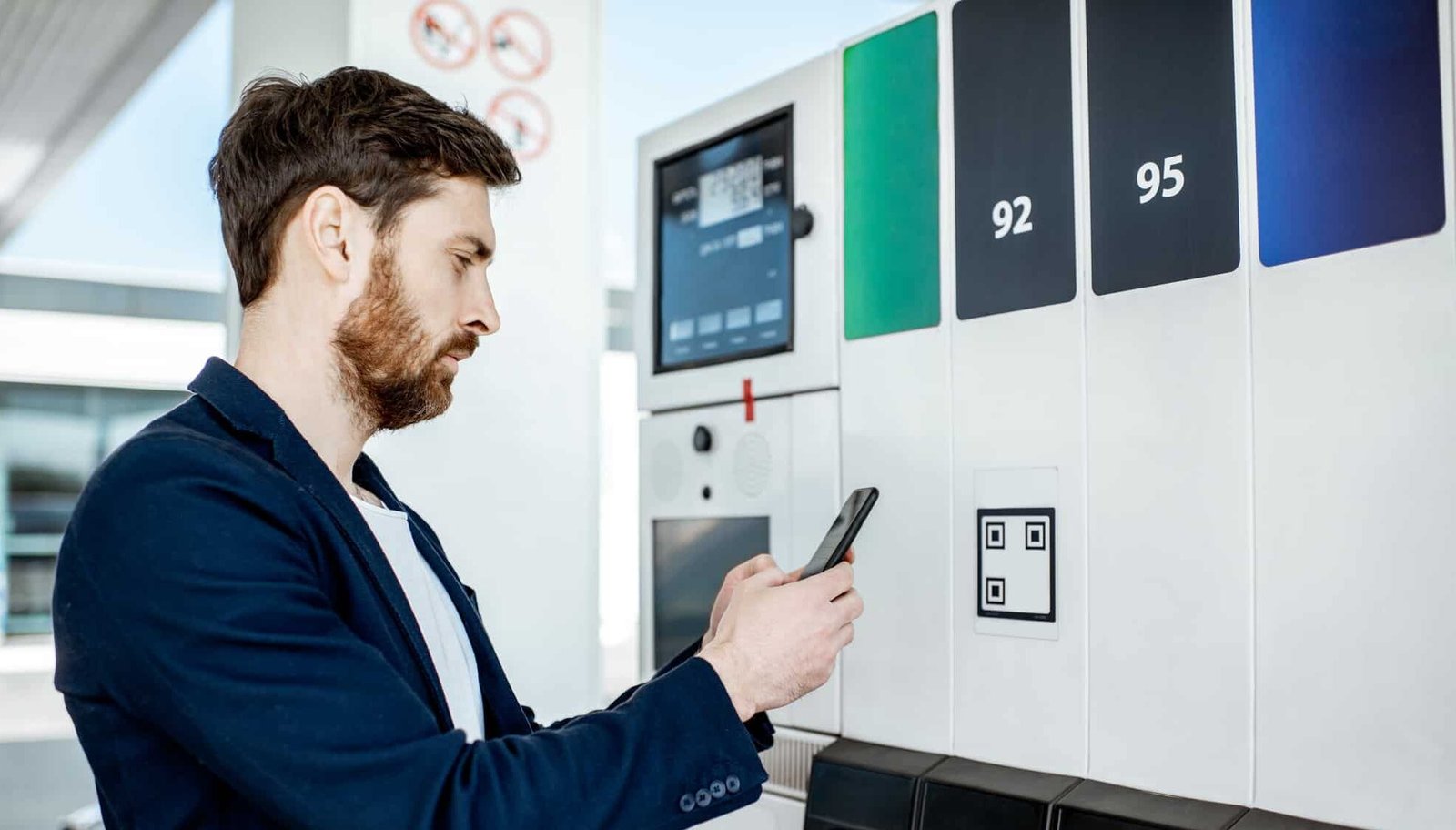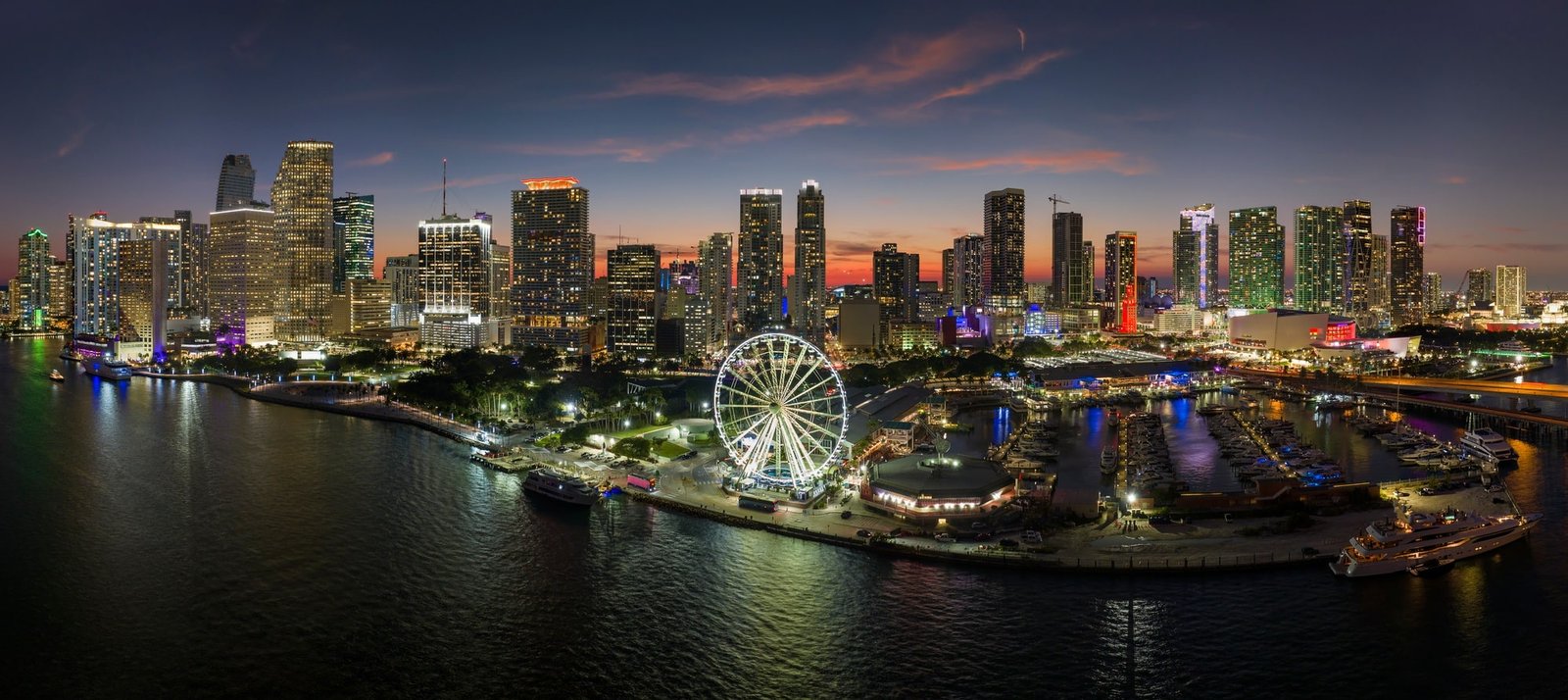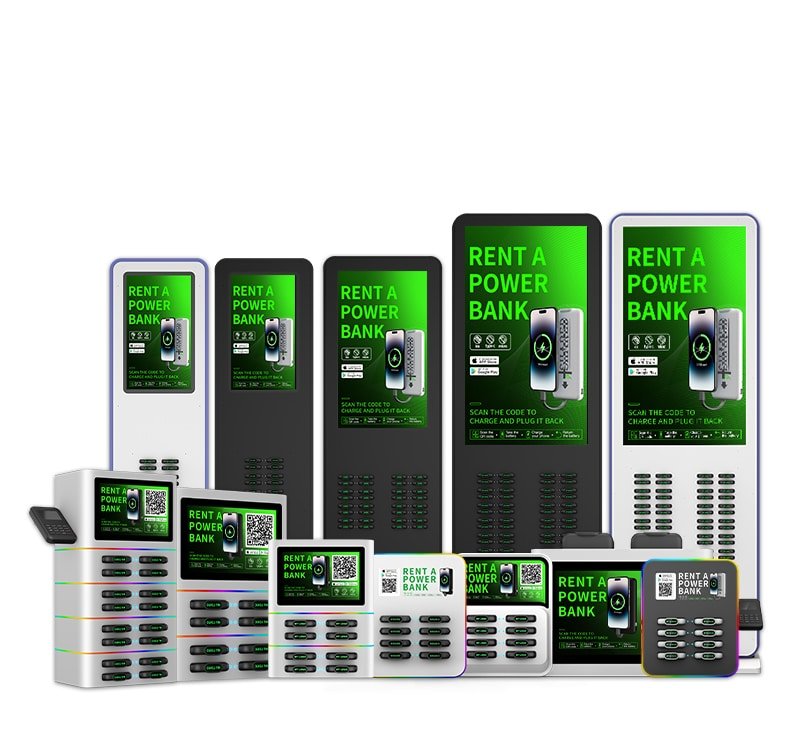The Digital Tourist Trap: Power Banks Where You Need Them Most
Have you ever noticed your phone battery draining rapidly while exploring a new destination? You’re not alone. Today’s travelers face a common challenge – staying powered up while constantly using navigation apps, translation tools, and capturing every moment for social media.
Tourist attractions have recognized this need and created power bank systems that, while convenient, are specifically designed to maximize profits from your electronic desperation. Let’s explore how these systems work and learn how to stay charged without overpaying.
How Tourist Attractions Strategically Place Power Banks
Tourist destinations don’t randomly distribute charging stations. Instead, they follow a calculated pattern based on where your battery is most likely to die.
The Strategic Power Bank Placement Map
| Localisation | Power Bank Availability | Your Battery Status | Your Willingness to Pay |
|---|---|---|---|
| Entry Areas | Few or none | Still adequate | Faible |
| Mid-Experience | Limited, often hidden | Beginning to worry | Moderate |
| Photo Hotspots | Increasingly visible | Critical territory | Haut |
| Exit Areas | Highest density | Nearly empty | Maximum |
This strategic placement isn’t accidental. By the time you reach those exit-area stations, you’ve spent hours taking photos, checking maps, and posting updates. With your battery nearly dead and worried about navigating back to your hotel, you’ll pay almost anything for a charge.
Instagram Hotspot Targeting
Power banks are strategically placed near locations where visitors take the most photos:
- Scenic overlooks (panoramic photos drain batteries quickly)
- Iconic structures (multiple shots and videos)
- Perfect selfie locations (multiple retakes)
- Sunset spots (time-limited photo opportunities)
“We track social media geotags to identify photo hotspots,” admitted one European theme park manager. “Then we place power stations nearby, ensuring guests must pass retail areas to reach them.”
The Tourist Pricing Trap: How Much You’ll Pay
Tourist attractions have developed sophisticated pricing systems that charge different rates depending on who you are.
Multi-Tier Pricing Structure
| User Type | Price Multiplier | How They Identify You |
|---|---|---|
| Local Residents | 1x base rate | Local ID, local payment apps |
| Domestic Tourists | 1.5-2x base rate | Standard app usage, domestic payments |
| International Visitors | 2-3x base rate | Credit card payment, English interface |
| “Emergency” Users | 3-4x base rate | Direct tap payment, no-app options |
The same power bank from the same station might cost three times more depending on how you access it.
The Language Selection Price Trap
Here’s a subtle trick: when you switch the kiosk interface to English or any non-local language, you’re automatically placed in the “tourist pricing tier.” This simple language selection can increase your costs by 30-50%.
Pro tip: Learn basic navigation terms in the local language. Using the local-language interface can save you significant money with many services.
Different Venues, Different Power Strategies
Museums and Cultural Institutions
Museums present unique charging challenges due to conservation requirements:
- Open galleries rarely have charging options
- Hallways and transition spaces may hide limited options
- Cafe areas typically offer tethered (not portable) charging
- Gift shops have the highest density of power bank stations
Museum hack: The audio guide desk often has unadvertised charging options. Politely explaining your situation to staff can reveal solutions invisible to most visitors.
Theme Parks: Captivity Equals Premium Pricing
Theme parks have perfected power bank distribution, with pricing that changes based on:
- Proximity to popular rides (closer = higher prices)
- Weather conditions (rates increase during rain)
- Time of day (premium pricing during parade/firework times)
- Season (peak tourist season carries automatic premium)
Many major parks have actually removed previously free charging stations, replacing them with paid power bank services.
Outdoor Attractions and Weather Factors
Outdoor attractions face additional battery-draining challenges:
- Cold temperatures accelerate battery depletion
- Bright sunlight requires higher screen brightness
- Extreme heat causes thermal throttling and battery warnings
Power bank services adjust their pricing seasonally, with the highest prices during conditions most likely to drain your battery.
When facing a charging station with instructions in an unfamiliar language, look for these universal elements:
- QR codes: Almost always lead to payment interfaces
- Green/Red indicators: Show availability status
- Lightning bolt icons: Indicate charging status or station location
- Credit card symbols: Display accepted payment methods
While “tourist-friendly” interfaces offer English options, they often exclude local promotions, membership benefits, and discounted rates available in the local-language version.
The WiFi and Connectivity Challenge
The Perfect Catch-22
Many power bank services require:
- App download over WiFi
- Account creation and verification
- Payment setup and authorization
All while your battery continues to drain. This design pushes desperate users toward higher-priced “emergency” no-app options.
The WiFi Battery Drain Cycle
The free WiFi at attractions often creates a battery-draining cycle:
- Poor signal strength causes your phone to use more power searching for connection
- Connection/disconnection cycles drain battery faster than normal use
- Multiple similar networks trigger constant re-authentication
Your Power Bank Survival Strategy
Before Your Visit
Before visiting major attractions:
- Research the charging options: Check attraction websites for information
- Download necessary apps in advance: Many attractions have official apps with integrated power bank services
- Screenshot essential information: Save maps, meeting points, and transportation details while your battery is full
- Consider a small backup battery: Bring a compact portable charger for emergencies
Battery Preservation Techniques
Extend your phone’s battery life with these methods:
- Reduce screen brightness: Each 25% reduction adds approximately 20% to battery life
- Use airplane mode strategically: Toggle it on when you don’t need connectivity
- Close background apps: Completely close power-hungry applications
- Be selective with photos: Limit yourself to capturing truly meaningful moments
Conclusion: Staying Powered Without Overpaying
Understanding how tourist attraction power bank systems work helps you navigate them more effectively. With proper preparation and smart battery management, you can enjoy your travels without falling victim to overpriced charging services.
The strategic placement of power banks tells us something important about modern tourism – our experiences are now hybrid, requiring both physical presence and digital connectivity.
Next time you visit a tourist attraction, remember these strategies to stay charged without emptying your wallet. After all, your memories shouldn’t cost you extra just because your battery is running low.
Have you encountered overpriced power banks at tourist attractions? Share your experiences in the comments below!








